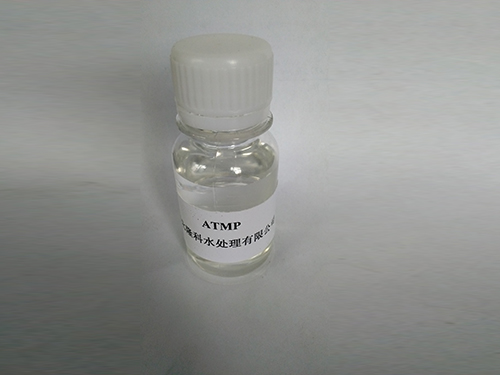Types of Flocculants in Water Treatment | Effective Water Purification Solutions
Types of Flocculants in Water Treatment
Water treatment is a crucial process in ensuring the availability of clean and safe water for consumption, industrial use, and environmental protection. One essential aspect of this process is flocculation, which involves the agglomeration of suspended particles into larger particles or flocs that can be easily removed from water. Flocculants play a pivotal role in this process, and they are classified into various types based on their chemical composition and mechanism of action.
The two main categories of flocculants are organic and inorganic flocculants
.Organic flocculants are synthetic or natural polymers that have a high molecular weight, enabling them to bridge the gaps between particles. Synthetic organic flocculants, such as polyacrylamides, are commonly used due to their effectiveness and versatility. They can be cationic, anionic, or non-ionic, allowing for targeted applications depending on the type of suspended particles present in the water. Cationic flocculants, for instance, carry a positive charge and are effective in treating water high in negatively charged particles, such as those found in wastewater containing organic matter. Anionic flocculants, on the other hand, are suitable for treating colloidal suspensions and can enhance the removal of suspended solids in drinking water treatment.
types of flocculants in water treatment

Natural organic flocculants include substances like starch, chitosan, and various plant extracts. These flocculants are biodegradable and often preferred for their environmentally friendly profiles. For example, chitosan, derived from shellfish, has been shown to be effective in removing heavy metals and bacteria from water, making it an excellent choice for eco-sensitive applications.
Inorganic flocculants, such as aluminum sulfate and ferric chloride, are widely used in municipal water treatment systems. These compounds work by neutralizing the charge of colloidal particles, allowing them to agglomerate and settle out of the water. Aluminum sulfate, one of the most common flocculants, is known for its efficiency and cost-effectiveness, although it requires careful monitoring to prevent aluminum toxicity in the treated water.
Another noteworthy inorganic flocculant is polyaluminum chloride (PAC), which offers advantages over traditional aluminum sulfate in terms of coagulation effectiveness and a reduced amount of sludge production.
Overall, the choice of flocculant depends on various factors, including the specific water treatment goals, types of contaminants present, and regulatory requirements. The development of new flocculants, including bio-based options, continues to enhance the efficacy and sustainability of water treatment processes. By effectively removing suspended particles, flocculants play an integral role in providing safe drinking water and protecting public health.
-
The Power of Isothiazolinones in Modern ApplicationsNewsMay.08,2025
-
Flocculants in Water TreatmentNewsMay.08,2025
-
Flocculants and Chemical Solutions: What You Need to KnowNewsMay.08,2025
-
Flocculants and Chemical Solutions: A Growing IndustryNewsMay.08,2025
-
Essential Chemicals: Polymaleic Anhydride and MoreNewsMay.08,2025
-
Acrylic Polymers: Essential Solutions for IndustryNewsMay.08,2025





